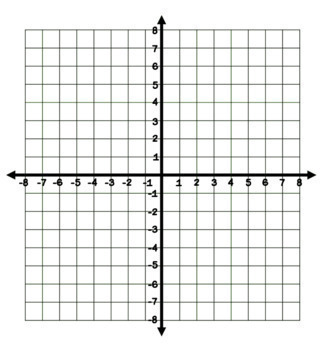What is a ratio?
- A ratio is a comparison of two quantities by division. It expresses how many times one quantity is contained within another or how they relate proportionally.
How can tape diagrams help understand ratios?
Tape diagrams visually represent ratios using segments to show parts of a whole or parts-to-parts relationships, making ratios easier to conceptualize.
How can ratio tables be used to compare quantities?
Ratio tables organize equivalent ratios in a structured format, allowing for easy comparison of different quantities or parts in relation to a whole.
How can you graph ratio relationships?
Graphing ratios involves plotting points on a coordinate plane where each axis represents quantities in the ratio, helping visualize proportional relationships.
What is a rate?
A rate is a ratio that compares two quantities with different units of measure, often indicating how one quantity changes in relation to another.
How can you convert measures within the metric system?
Converting measures within the metric system involves using conversion factors based on the relationships between units (e.g., kilometers to meters, liters to milliliters).
When are ratios used in real life?
Ratios are used in cooking (like in recipes), in finance (such as financial ratios), in sports statistics (like batting averages), and in everyday tasks requiring proportionate comparisons.
Solve: If a recipe calls for 2 cups of flour and 3 cups of sugar, what is the ratio of flour to sugar?
The ratio of flour to sugar is 2:3.
Complete the ratio table: 3 boxes of crayons to 5 markers = ? to 20 markers
12 crayons
Graph the ratio 2:3 on a coordinate plane.

Plot points (2, 3) on the coordinate plane to represent the ratio 2:3. 
Calculate the unit rate: 360 miles in 6 hours
60 mph
Convert 2.5 kilometers to meters.
2.5 km=2500 m
How do you simplify a ratio?
To simplify a ratio, divide both parts by their greatest common divisor.
In a tape diagram, if the length of a segment represents 4 units, what does a segment twice as long represent?
A segment twice as long represents 8 units.
Using the ratio table, find the missing value: 4 apples to ? oranges = 12 apples to 18 oranges
6 oranges
 Create a graph showing the ratio 1:4.
Create a graph showing the ratio 1:4.
Plot points (1, 4) on the coordinate plane to graph the ratio 1:4.

Find the unit rate: 45 words typed in 3 minutes
15 words per minute.
Convert 300 milliliters to liters.
300 mL=0.3 L
Compare and contrast ratios and fractions.
Both ratios and fractions express part-to-part or part-to-whole relationships, but ratios compare quantities using division, while fractions represent parts of a whole using division.
Given a tape diagram with 3 parts representing apples and 5 parts representing oranges, what is the ratio of apples to oranges?
The ratio of apples to oranges is 3:5.
Analyze the ratio table: 5 pencils to 10 pens = ? to 20 pens
10 pencils
Plot the ratio 3:2 on a graph.

Plot points (3, 2) on the coordinate plane to graph the ratio 3:2.

If a car travels 240 miles in 4 hours, what is the rate in miles per hour?
60mph
Convert 4.75 liters to milliliters.
4.75 L=4750 mL
Explain how to find an equivalent ratio.
To find an equivalent ratio, multiply or divide both parts of the original ratio by the same number.
How can tape diagrams help solve ratio problems involving more than two quantities?
Tape diagrams can segmentally represent multiple quantities, helping visualize and solve complex ratio problems involving more than two quantities.
Using the ratio table, determine the missing value: ? apples to 24 oranges = 6 apples to 8 oranges
18 apples
Graph the ratio 1:1/2

Plot points (1, 0.5) on the coordinate plane to graph the ratio 1:1/2.

If a car travels at a speed of 60 miles per hour, how many miles will it travel in 3 hours?
180 miles
Convert 500 grams to kilograms.
500 g=0.5 kg